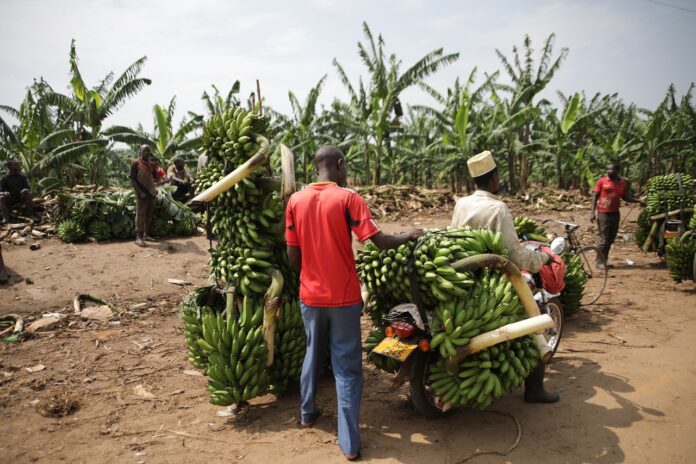What is the African country of Uganda known for? Perhaps not much, except for its safaris and national parks, which attract brave tourists unafraid of yellow fever and malaria. This country can be considered poor, but it is relatively stable, and for several decades now, unlike some other African nations, there have been no major conflicts here.
Facts About Uganda:
- In the late 1970s, Uganda’s capital was captured following a lost war with Tanzania. After that, two presidents changed within a year.
- Uganda is currently home to about 35 million people. This is slightly less than the population of the world’s largest urban agglomeration, formed by the Japanese cities of Yokohama and Tokyo.
- In the Swahili language, the name of the country means “Land of the Ganda people.” The Ganda are the most populous ethnic group in Uganda.
- English is the official language here, but few people speak it fluently. Since Uganda has many local languages and dialects, the Luganda language is mainly used for interethnic communication.
- There are five semi-independent kingdoms within this country—Buganda, Toro, Bunyoro, Busoga, and Rwenzururu. The authority of local kings within their territories is officially recognized by the Ugandan government.
- Half a century ago, local dictator Idi Amin declared himself president for life. However, he was removed from power just three years later.
- Traditionally, local rulers, or kings, are given the title of “Kabaka.” This is roughly equivalent to “king” or “emperor,” or “supreme chief.”
- Primitive people lived on the territory of present-day Uganda about 9-10 thousand years ago, during the Stone Age.
- The first contact between locals and Europeans occurred relatively recently, only in the mid-19th century.
- Uganda’s underground resources are very rich in minerals. However, the country remains among the poorest in the world. Although the situation is still more favorable here than in places like Liberia or Nigeria.
- Uganda is a secular state. There is no concept of a “state religion” here.
- This country has one of the lowest average ages of the population on Earth. The average age of Ugandans is about 15 years.
- It snows here! However, only high up in the mountains. The tallest peak, one of the summits of the Virunga Mountains, rises to 4,500 meters. These are the highest mountains in Africa.
- Uganda does not have access to the sea, but it is located on the shore of Lake Victoria, the second-largest freshwater lake in the world by area.
- Since Uganda is practically on the equator, day and night always last exactly 12 hours. Sunrise and sunset always occur at 7 AM and 7 PM, respectively.
- The wildlife here is extraordinarily rich. About 11% of all bird species on Earth can be found in Uganda.
- In the past, part of the Ugandan population consisted of Pygmies, the shortest people in the world. But the Pygmies have long since been driven out.
- Uganda is one of the three countries in the world where mountain gorillas still live in the wild, along with Congo and Rwanda.
- Most of Uganda lies at an altitude of 1,000 to 1,500 meters above sea level.
- Uganda ranks among the top five countries in the world in terms of population growth, along with another African country, Mali.
- On average, according to statistics, each woman in Uganda has about seven children, making it the second-highest birth rate in the world.
- There are seasons here, but not the kind we’re used to. There are four seasons—two dry and two rainy seasons.
- In Kampala, Uganda’s capital, the lowest recorded air temperature is +12 degrees Celsius.
- There is also an Orthodox Christian community in the capital, with about 600 members.
- About a third of Ugandans live below the poverty line, and the country’s GDP per capita does not even place it in the top 200 countries in the world.
